One Friday afternoon, after coming home from a particularly tiring day of school, junior Jumanah Anwar was going up the stairs with her backpack over her shoulders when she realized she was already out of breath. Earlier that day, she had had trouble focusing and had felt tired and sleepy. Finding her lack of energy strange, she decided to use the Internet, typing the phrase “cold-like feeling but no temperature” into Google to determine the cause of her troubles.
“I just kept complaining about how I felt like my body was aching. I was so tired, and anything I did got me out of breath, so I (thought), ‘OK, this is strange. I don’t even know what I have,’ and that weekend my parents were out of town, so it’s not like I could go ask anyone, so I was like, ‘OK, I should figure out what this is,’ and I hopped onto Google … and WebMD came up,” Anwar said.
 After reading a few articles on WebMD, Anwar discovered the symptoms she had been feeling, which were fatigue and weakness, and recovered by taking into consideration the treatments suggested by the articles, which included eating three to four meals a day and sleeping for at least eight hours a day.
After reading a few articles on WebMD, Anwar discovered the symptoms she had been feeling, which were fatigue and weakness, and recovered by taking into consideration the treatments suggested by the articles, which included eating three to four meals a day and sleeping for at least eight hours a day.
Anwar’s use of the Internet as a means to determine medical information is not uncommon. According to the 2013 Pew Research Center article “Health Online 2013,” 35 percent of American adults say they have gone online specifically to determine the medical conditions that they or another may have.
Still, according to Freshman Center nurse Julie Beihold, students are not really qualified to diagnose themselves because they lack the training, schooling and experience that physicians and nurse practitioners have.
“I want to make it clear that students should not try to diagnose themselves. Only a physician or nurse practitioner should make a medical diagnosis,” Beihold said. “This is a good safety net, and it protects others in our society as well as the individual who is ill.
“For example,” she said, “Students may not know that chickenpox is a disease that has to be reported to the Indiana State Department of Health because it can cause serious problems for pregnant women and their babies and those who are immunocompromised. I would hate for something like that to be missed because of someone trying (to) diagnose himself (or) herself.”

Nonetheless, Beihold said she thinks it is inevitable that people are diagnosing themselves because the information is available to them. She recommended cdc.org, mayoclinic.org, nlm.nih.gov, clevelandclinic.org and state.in.us/isdh as websites that students can use to search for basic care of themselves. She said she prefers to steer away from websites that have advertisements.
Anwar said she believes self-diagnoses have grown in popularity due to their convenience and quickness.
“A lot of people, they either don’t want to or don’t have the time to go out and find a doctor and talk to that doctor and figure out what’s wrong and what to do about it, and I think we’re at this point where Internet seems to just solve all the problems we have, and that is probably another reason that we do (self-diagnose ourselves),” Anwar said. “It’s just because, immediately, when we think, ‘Oh, I’m having difficulty with this one little thing. Oh, I should go into Google or Yahoo or Bing and just type it in and find out what’s wrong.’”
Beihold, however, said it is not OK to diagnose oneself. Nonetheless, she said it is OK to use the Internet for basic information. “Generally, if you’re using a reputable website for basic care of yourself, then that’s OK, but you still need to check with your doctor,” Beihold said.
According to Beihold, students need to realize that there is a point at which they need to talk to an expert rather than diagnose themselves.
“I don’t think it’s wrong to use (the Internet) for information, so certainly, knowledge is better than ignorance, so it’s OK to seek things to help yourself, but there is a point when you would need to seek help, and that’s what I don’t know if students are able to differentiate,” Beihold said. “You could think that you had something far worse than what you really did, and maybe, it’s not that serious after all.”
Beihold said students should seek help were they to have any of the following symptoms: pain, swelling, a fever of 101 degrees or greater, bleeding, cough, signs of infection or an unexplained rash.
“Students should seek help from their parent or guardian or health care provider for any health issue or injury, especially if what they are experiencing keeps them from doing the things in their daily life that they normally do or if their condition is not improving or is getting worse,” Beihold said.
Senior Anuhya Yedanaparthi, who said she has self-diagnosed herself as well as family members, said the cost-efficient and easy nature of self-diagnoses has contributed to their increasing popularity.
By using the Internet, Yedanaparthi diagnosed her mother with a combination of a viral syndrome and influenza for adults.
She said her mother had woken up one morning feeling really ill.
“She was having all these different symptoms that she couldn’t understand what was going on … so I went online and searching for her specific symptoms, and one of the websites was WebMD,” Yedanaparthi said. “It showed me a few articles in the beginning, but later on, underneath the search bar, it showed me ‘Symptoms,’ which I really got attracted to, and (I) quickly entered, then I put all the information of who it is for and how old and age and stuff, then I hit submit, so I followed the steps accordingly, and I was selecting all the symptoms she had and the possible reactions that she was going through at that point in time.”
 After diagnosing her mother with viral syndrome and influenza for adults, Yedanaparthi found home remedies online with the website Homeveda, and after about three days, her mother began to recover.
After diagnosing her mother with viral syndrome and influenza for adults, Yedanaparthi found home remedies online with the website Homeveda, and after about three days, her mother began to recover.
Yedanaparthi, who has previously gone online to diagnose herself with common illnesses like stomachaches, said self-diagnoses have helped her recover faster because they allow her to better understand her body.
However, she said self-diagnoses may not always be completely accurate, mentioning that her trust in the diagnosis depends on how common the symptoms seem to be.
“If you have a common illness, you can treat yourself, but if you have a dangerous disease, it’s hard to treat yourself, so you need help from a professional to get cured,” Yedanaparthi said.
Anwar, who shares similar views said, “With different illnesses like cancer or things that are more psychological like anxiety or being bipolar, those are things that you can’t really determine for yourself.”
Along those lines, Beihold cautioned students from going too far with self-diagnosis. She said medical professionals are experts, not students. Beihold said, “(A self-diagnosis) is just that student’s best guess, so, because you can say, ‘Alright; I injured my ankle.’ This is an example. ‘It’s swollen; it is painful. Is it broken?’ There is no way that you could really tell that because it takes an expert to tell that, so that’s an example. Sure, you can figure out what to do by using the information on a website, and that’s great—you ice it, you elevate it, you keep it immobile—but to make that differentiation as to whether or not it is broken, that is not something that you could ever really do … So it could help you figure out, ‘OK; Mayo Clinic, I hurt my ankle,’ and then it says, ‘OK; elevate it, stay off of it, ice it,’ but still, there’s that point where you’re not going to know if it’s broken because you don’t have the tools you need to figure that out. You don’t have access to an X-ray, and if you did, you might not know how to read it anyway.”
Beihold reiterated that the Internet can be used for basic information but not for diagnosing oneself.
For her part, though, Yedanaparthi said self-diagnosis is not a bad option to consider before going to a doctor.
Yedanaparthi said, “(Self-diagnosis) made me independent, and I learned a lot more than what I knew before I began to self-diagnose myself.”










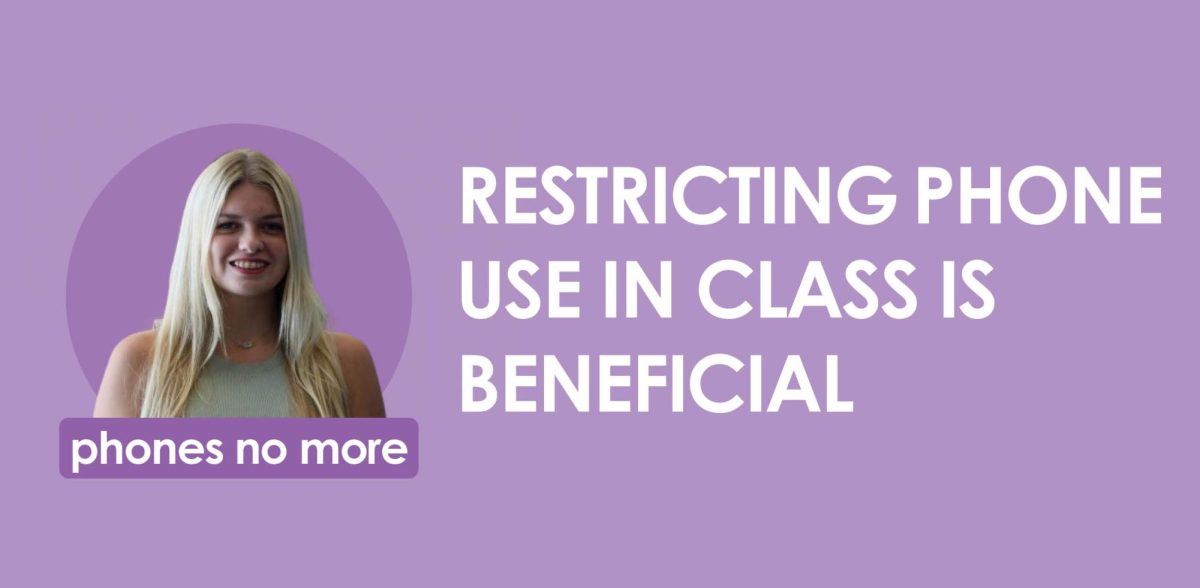
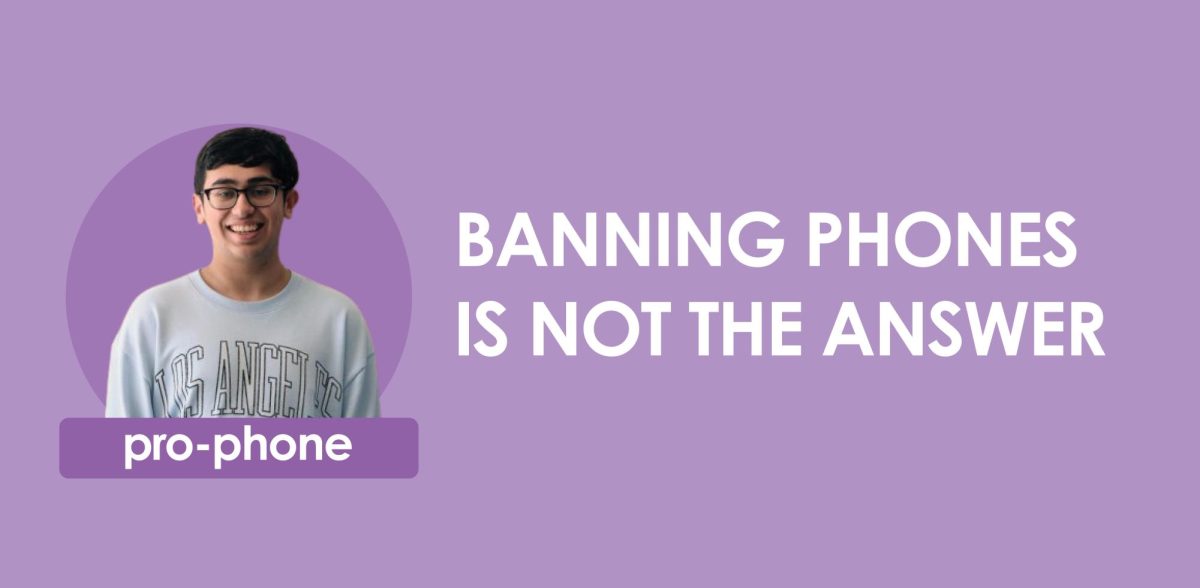
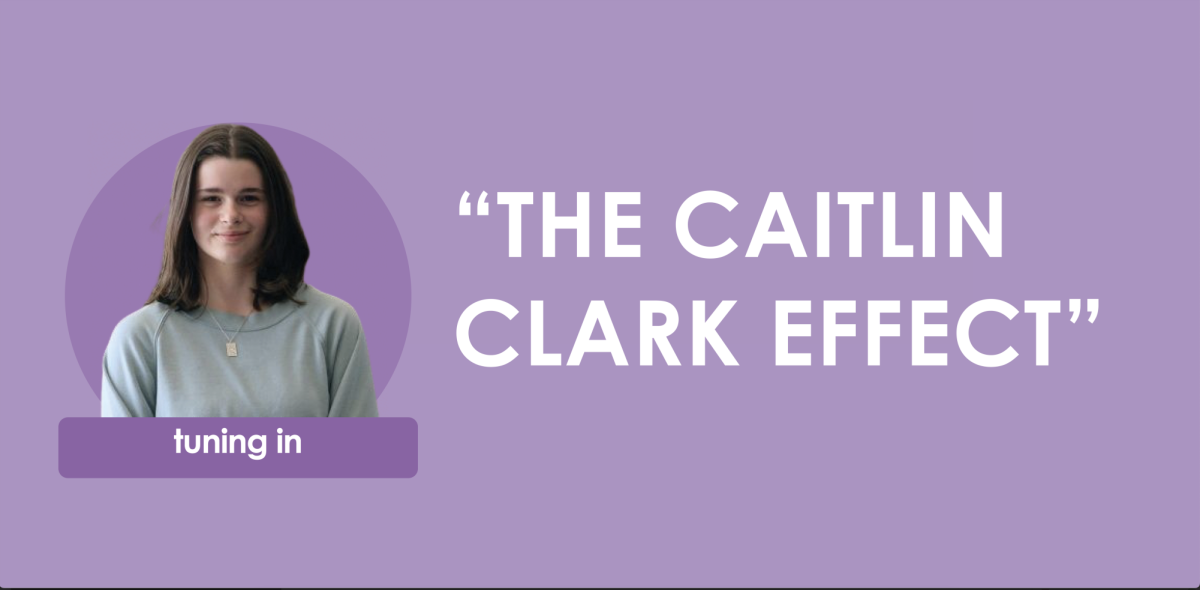
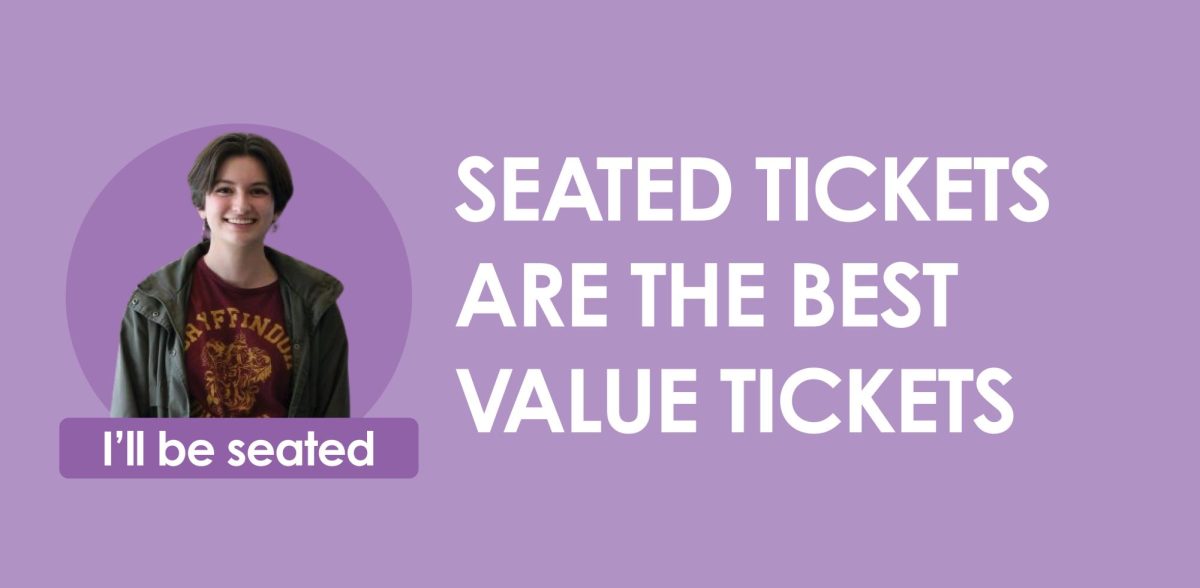

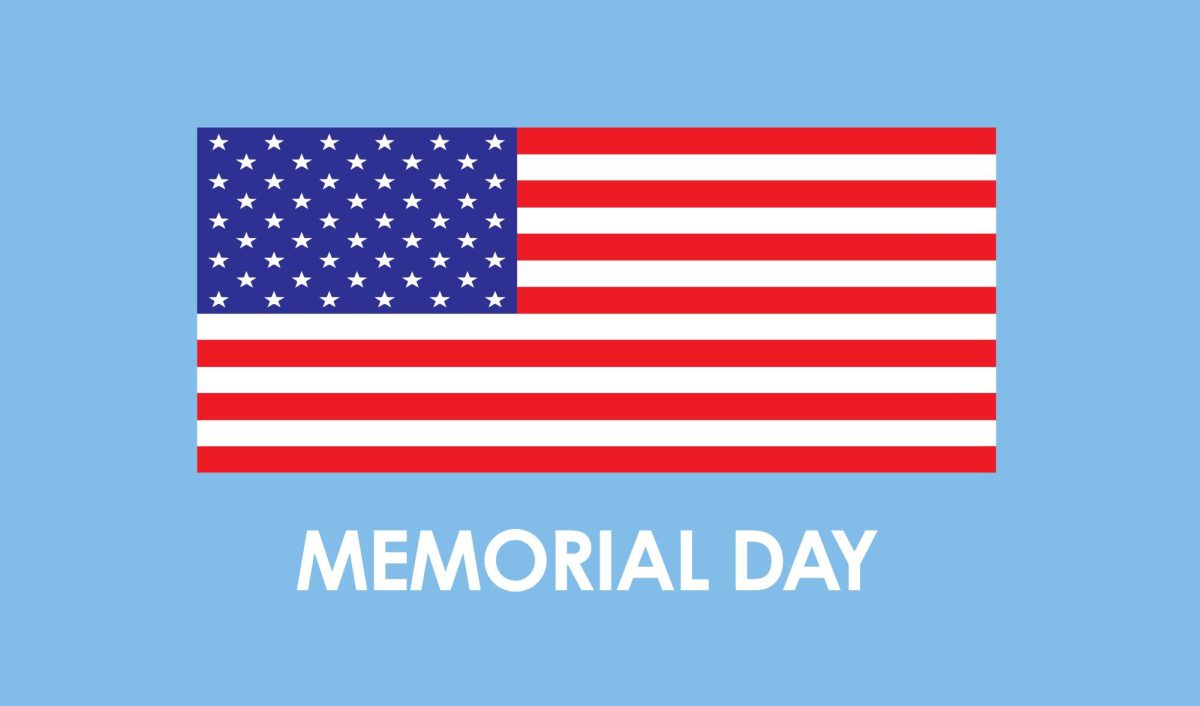









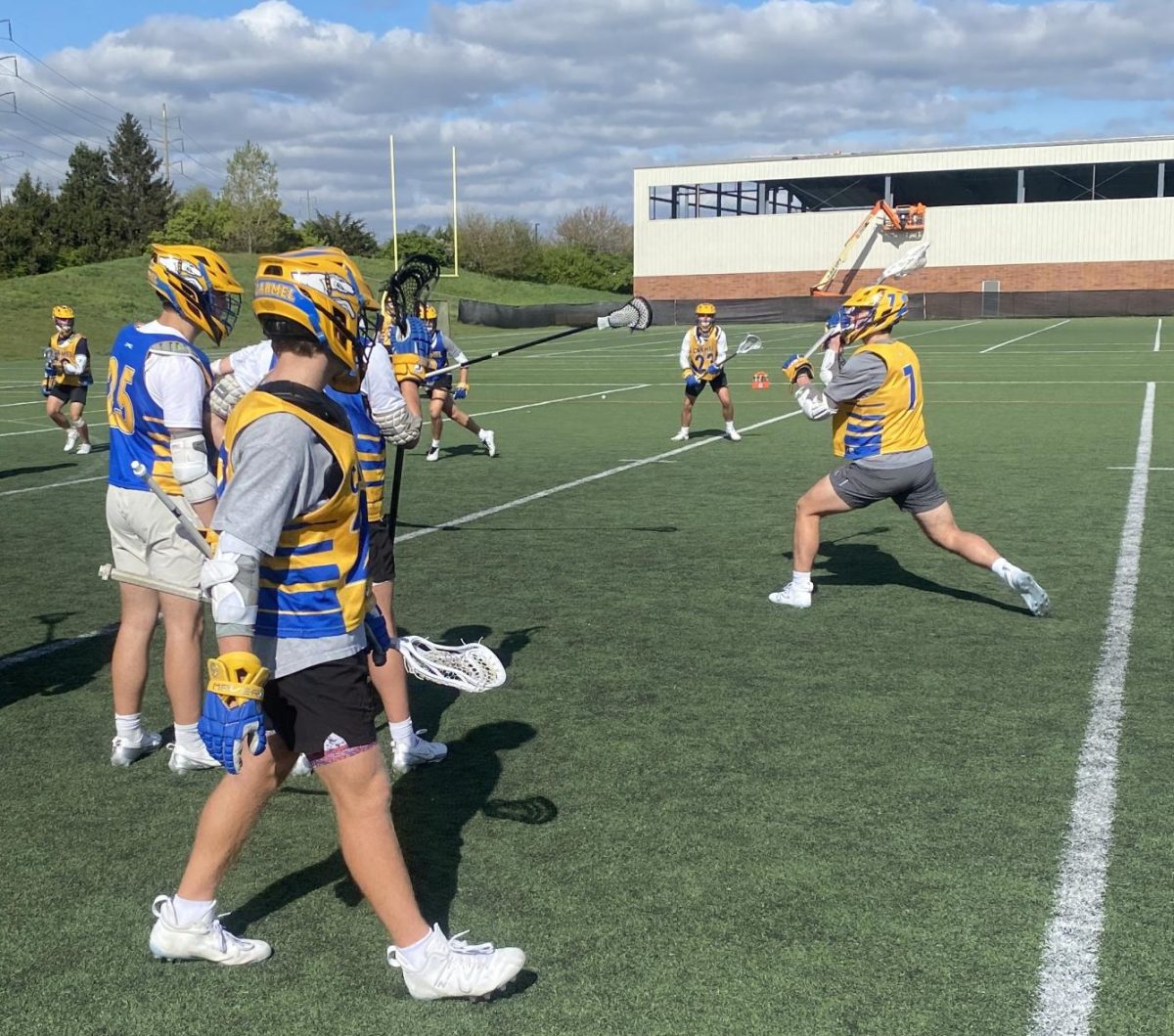




![Family vlogger controversy, need for content reform [opinion]](https://hilite.org/wp-content/uploads/2024/05/Screenshot-2024-05-14-11.33.37-AM-1200x465.png)





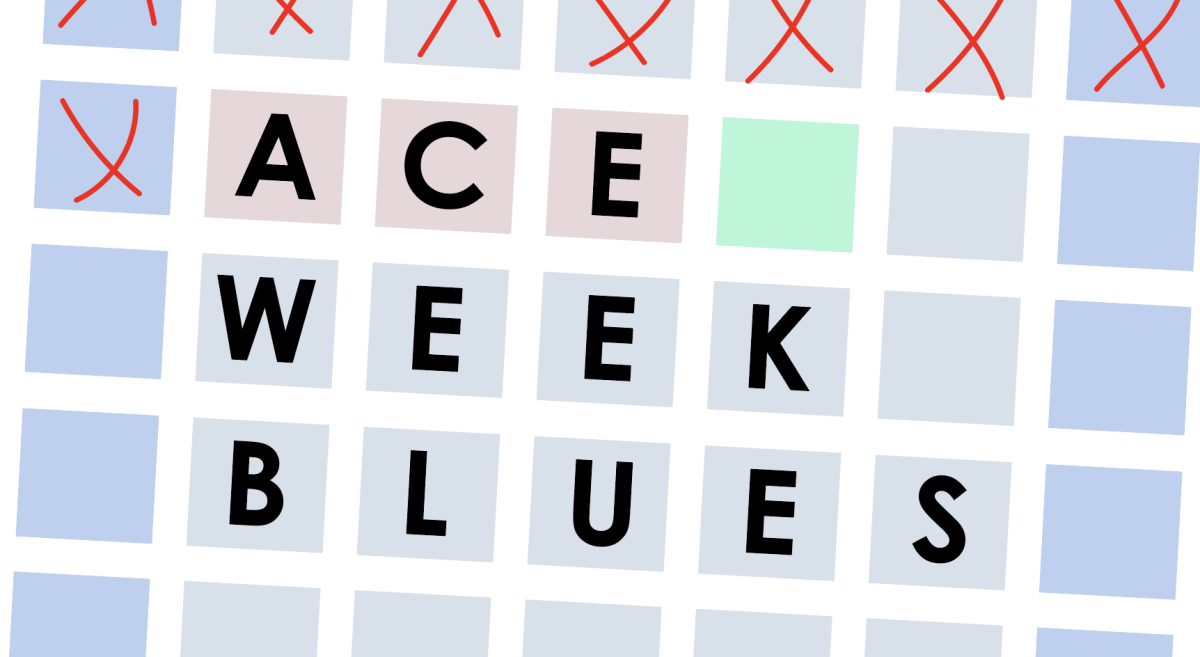

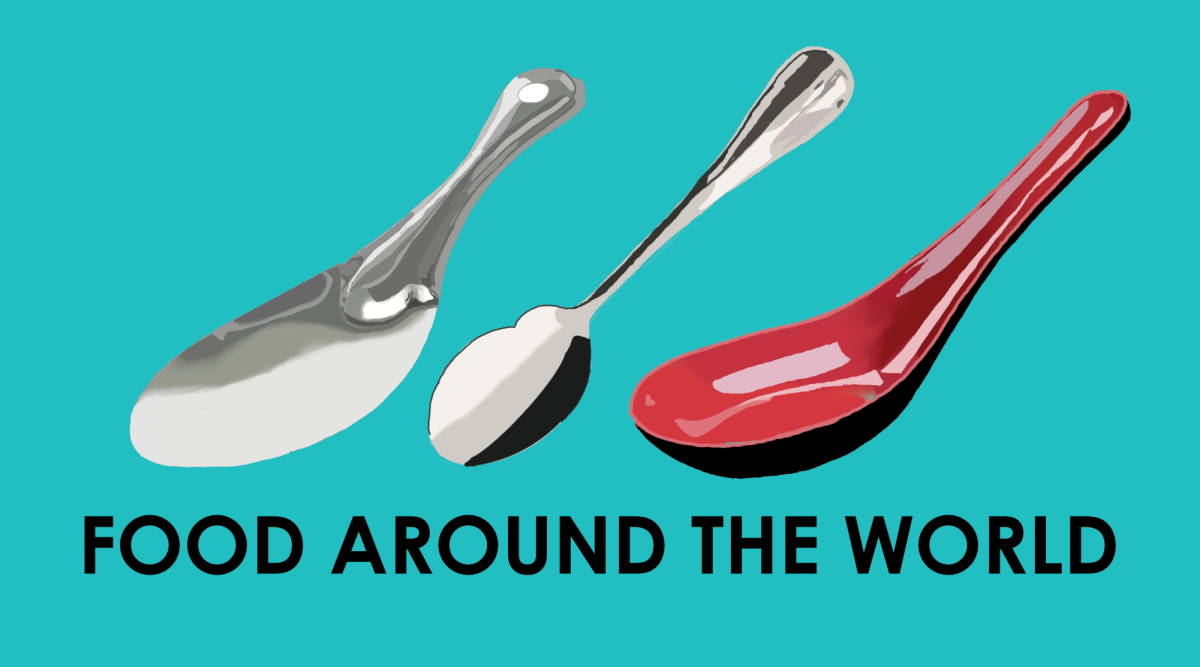

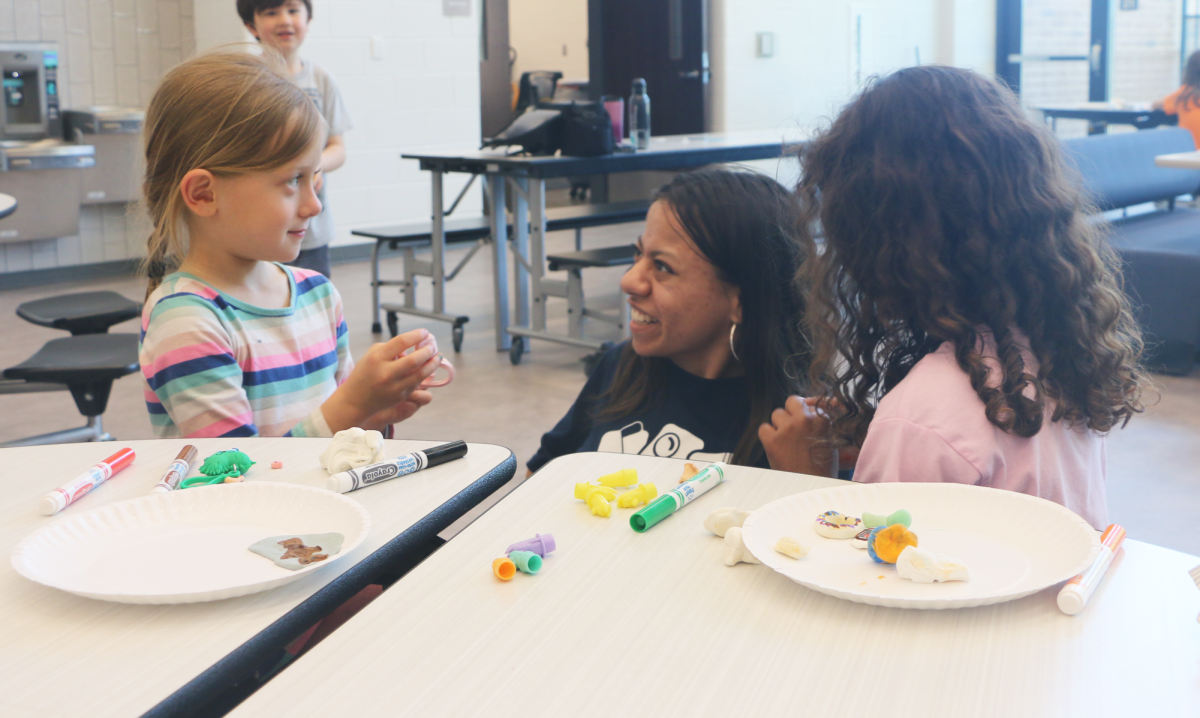














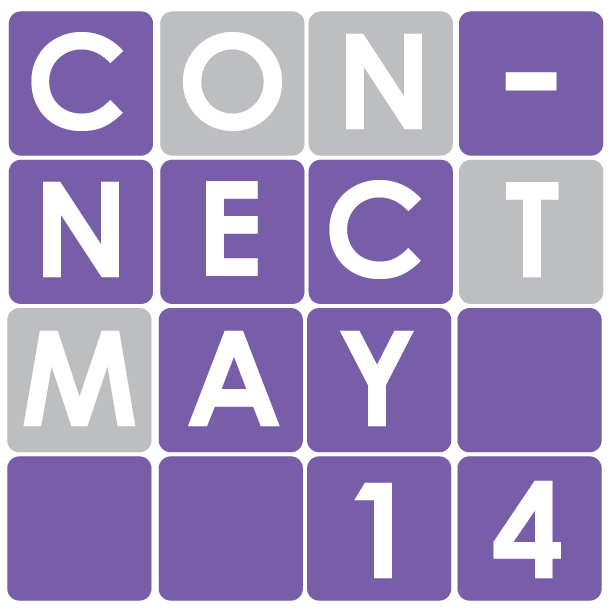
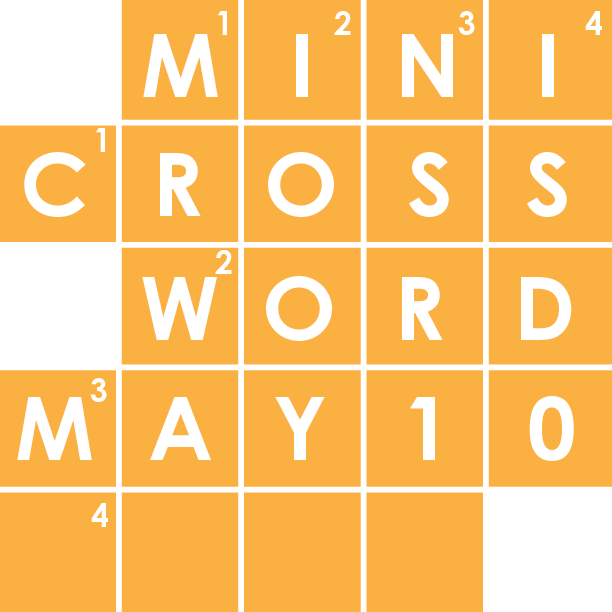

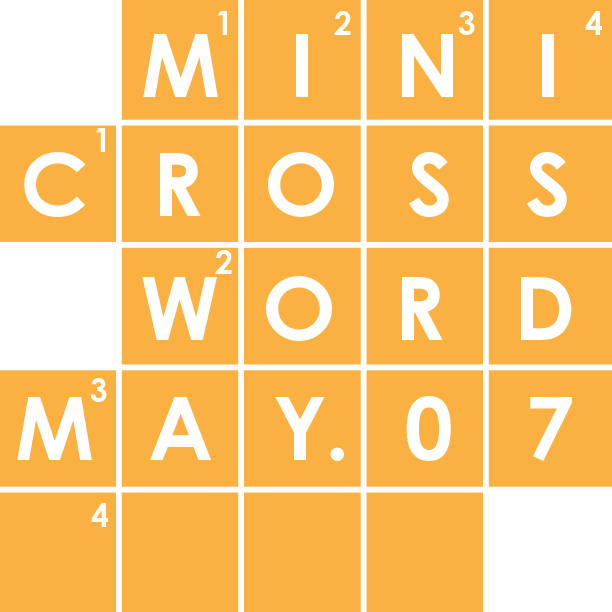
![Review: Taylor Swift’s new album The Tortured Poets Department is not her best work but is still a brilliant album [MUSE]](https://hilite.org/wp-content/uploads/2024/05/The-Anthology_Cover-1200x675.webp)
![Review: Challengers does it all [MUSE]](https://hilite.org/wp-content/uploads/2024/05/challengers-poster-1200x600.png)
![Review: A House of Flame and Shadow by Sarah J. Maas was a disappointing read [MUSE]](https://hilite.org/wp-content/uploads/2024/05/house-of-flame-and-shadow-feature.png)
![Review: Conan Gray’s new album, “Found Heaven”, is a refreshing twist on modern music [MUSE]](https://hilite.org/wp-content/uploads/2024/05/Screenshot-2023-10-31-at-16.01.05.webp)
![Review: “Bodies, Bodies, Bodies” is the quintessential Gen-Z movie [MUSE]](https://hilite.org/wp-content/uploads/2024/05/Screenshot-2024-05-15-140618.png)
![Review in Print: Maripaz Villar brings a delightfully unique style to the world of WEBTOON [MUSE]](https://hilite.org/wp-content/uploads/2023/12/maripazcover-1200x960.jpg)
![Review: “The Sword of Kaigen” is a masterpiece [MUSE]](https://hilite.org/wp-content/uploads/2023/11/Screenshot-2023-11-26-201051.png)
![Review: Gateron Oil Kings, great linear switches, okay price [MUSE]](https://hilite.org/wp-content/uploads/2023/11/Screenshot-2023-11-26-200553.png)
![Review: “A Haunting in Venice” is a significant improvement from other Agatha Christie adaptations [MUSE]](https://hilite.org/wp-content/uploads/2023/11/e7ee2938a6d422669771bce6d8088521.jpg)
![Review: A Thanksgiving story from elementary school, still just as interesting [MUSE]](https://hilite.org/wp-content/uploads/2023/11/Screenshot-2023-11-26-195514-987x1200.png)
![Review: When I Fly Towards You, cute, uplifting youth drama [MUSE]](https://hilite.org/wp-content/uploads/2023/09/When-I-Fly-Towards-You-Chinese-drama.png)
![Postcards from Muse: Hawaii Travel Diary [MUSE]](https://hilite.org/wp-content/uploads/2023/09/My-project-1-1200x1200.jpg)
![Review: Ladybug & Cat Noir: The Movie, departure from original show [MUSE]](https://hilite.org/wp-content/uploads/2023/09/Ladybug__Cat_Noir_-_The_Movie_poster.jpg)
![Review in Print: Hidden Love is the cute, uplifting drama everyone needs [MUSE]](https://hilite.org/wp-content/uploads/2023/09/hiddenlovecover-e1693597208225-1030x1200.png)
![Review in Print: Heartstopper is the heartwarming queer romance we all need [MUSE]](https://hilite.org/wp-content/uploads/2023/08/museheartstoppercover-1200x654.png)













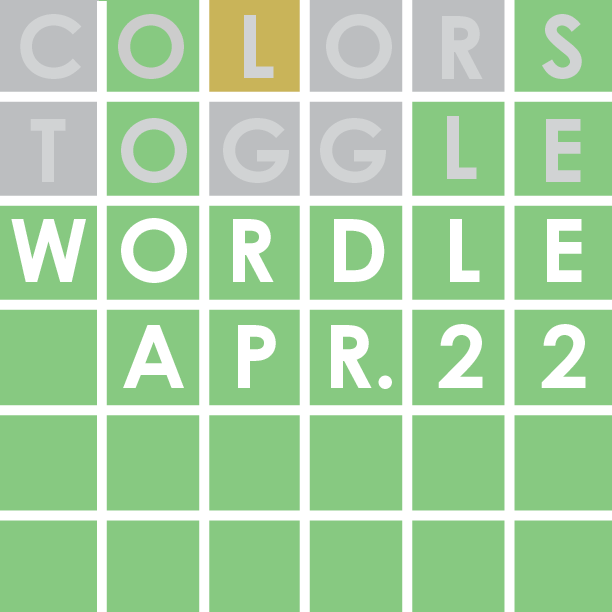








![Review: “Ginny & Georgia” is a dramatic and poorly made emotional rollercoaster–and I loved it anyway [MUSE]](https://hilite.org/wp-content/uploads/2024/03/ginny-and-georgia-season2-main-be37bbb9487a41e88b3f66c3baacd5c3-300x177.jpg)
![Review: Witch Hat Atelier is a masterpiece in art and world-building, but the story has only begun [MUSE]](https://hilite.org/wp-content/uploads/2024/01/unnamed-211x300.png)
![Review: “Mysterious Lotus Casebook” is an amazing historical Chinese drama [MUSE]](https://hilite.org/wp-content/uploads/2024/03/0-300x170.webp)
![Review: “A Little Life” by Hanya Yanagihara is the epitome of a heartwrenching masterpiece [MUSE]](https://hilite.org/wp-content/uploads/2024/01/unnamed-5-300x200.png)




